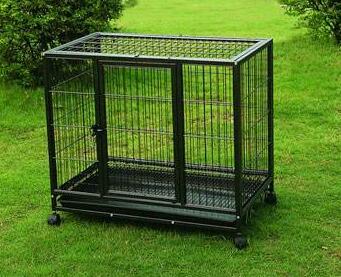Perforated Metal Cladding A Modern Architectural Element
In the ever-evolving realm of architectural design, perforated metal cladding has emerged as a dynamic solution, merging functionality with aesthetic appeal. This innovative material consists of sheets of metal that have been punctured with a series of holes, resulting in a versatile façade that offers numerous benefits for both contemporary buildings and renovation projects.
One of the most significant advantages of perforated metal cladding is its ability to balance light and privacy. Designers often utilize this material in modern urban environments where access to natural light is limited, yet the desire for privacy remains high. The patterns and hole sizes can be customized to allow varying degrees of light to penetrate the building while still shielding occupants from prying eyes. This strategic use of light contributes to an interior environment that is both inviting and energizing, fostering well-being among occupants while maintaining a sense of security.
Moreover, perforated metal cladding serves as an effective tool for energy efficiency. By carefully designing the pattern, architects can control solar heat gain and reduce reliance on artificial lighting during daylight hours. The ventilation that perforated panels provide allows building interiors to breathe, minimizing the risk of heat buildup while contributing to natural cooling. This not only lowers energy bills for occupants but also aligns with sustainable building practices that aim to reduce environmental impact.
Aesthetically, perforated metal cladding offers a cutting-edge visual appeal that can be tailored to fit various architectural themes. Designers can create intricate patterns that reflect the cultural or historical context of a location, or opt for simpler, more minimalistic designs that emphasize clean lines and modernity. This versatility means that whether the project is a sleek commercial building or a residential home, perforated metal cladding can enhance its character and visual charm.
perforated metal cladding

The durability of metal also comes into play when considering this cladding option. Metals such as aluminum, steel, and copper are renowned for their strength and longevity, requiring minimal maintenance throughout their lifespan. This aspect not only ensures that the investment in perforated cladding pays off over time but also contributes to a building's resilience against weather elements and other external factors.
Additionally, the adaptability of perforated metal cladding extends to its application in different projects. Besides serving as an exterior façade, it can be used in interior spaces, creating interesting partitions, ceilings, or even decorative elements that draw the eyes of visitors. With its lightweight characteristics, perforated panels can be easily installed on various substrates, making them an excellent choice for renovations where traditional materials might be too cumbersome or impractical.
Furthermore, the fabrication process for perforated metal allows for customization to such an extent that it caters to the unique needs of each project. Architects and designers can choose from a variety of materials, hole shapes, and arrangements to achieve specific aesthetic goals or functional requirements. This level of personalization fosters creative expression, encouraging a collaboration between the built environment and its users.
In conclusion, perforated metal cladding stands out as a truly modern architectural element that marries form with function. Its capacity to enhance privacy while allowing natural light, improve energy efficiency, and offer a wide range of design possibilities makes it an ideal choice for contemporary architecture. As urban landscapes continue to evolve, incorporating innovative materials such as perforated metal cladding will undoubtedly remain at the forefront of sustainable design practices, ensuring that buildings not only meet the demands of today but also inspire the architects of tomorrow. By embracing such versatility and aesthetic potential, the future of architecture looks both innovative and compelling.

















